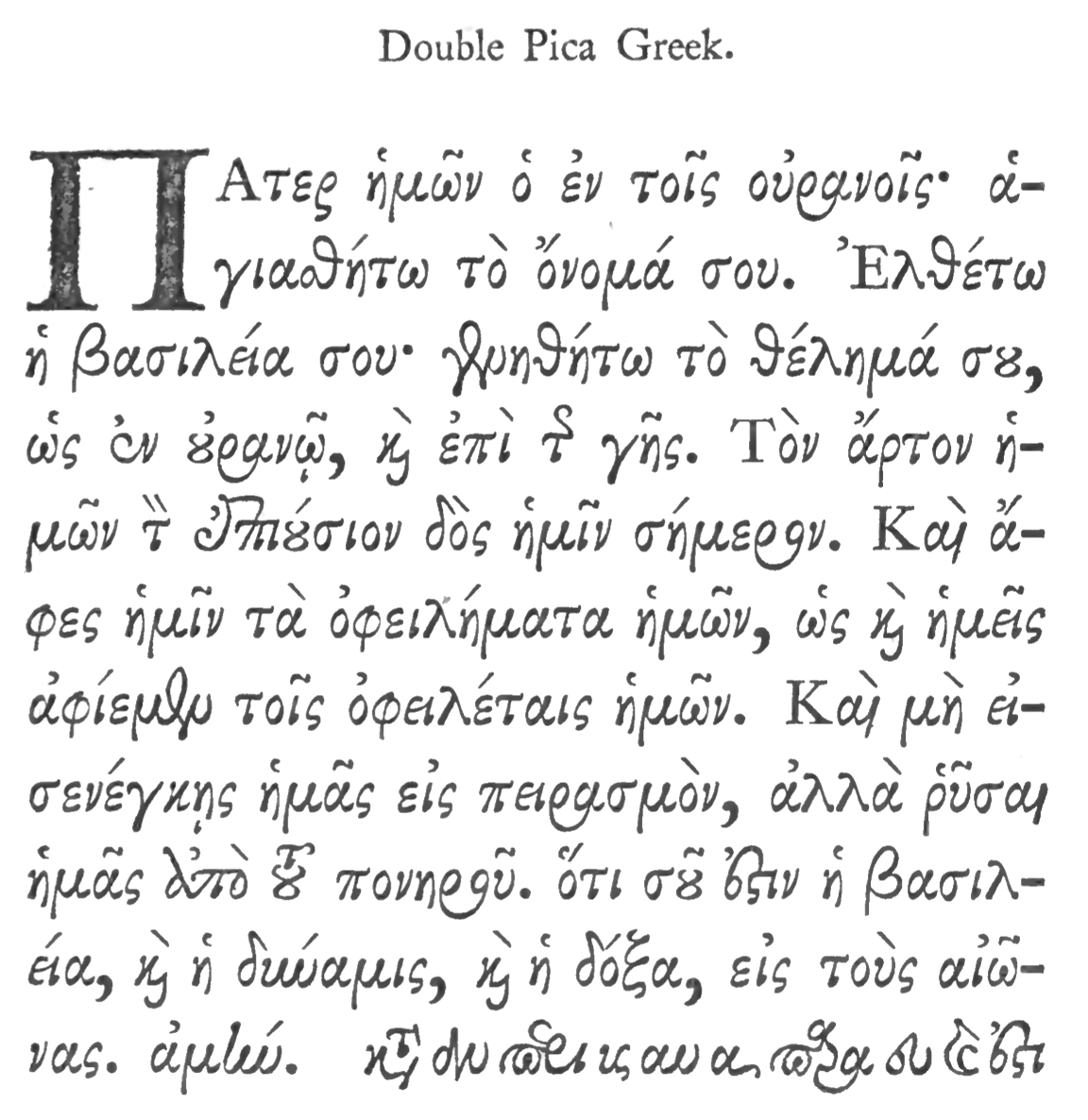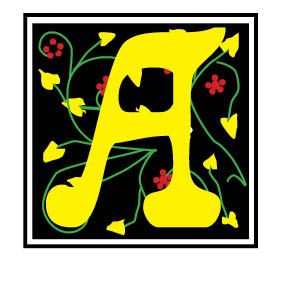Printers' Maxims & Other Notes
Printers Maxims & Other Notes
Printers and typesetters can gain much wisdom from older printers. The Printers’ Handbook of Trade Recipes, Hints & Suggestions Relating to Letterpress and Lithographic Printing, Bookbinding, Stationery, Engraving, Etc., compiled by Charles Thomas Jacobi, London, 1891, gives what is called “Maxims for Printers.” These maxims and many others have guided the printing trade for many years. They distill the wisdom of centuries of printing and typography. We would do well to heed such advice.
1. It is better to remain idle than to work at a loss.
2. Genius is as rare in printing as in any other art.
3. Legitimate competition is a sign of life and health.
4. Do your work carefully, striving for constant improvement.
5. Follow copy, provided it is good, and never copy anything bad.
6. You cannot be a successful printer if the imprint of care and study is not upon brain and hands.
7. Preserve all specimens of good work that come into your possession, and spend your leisure time in their study.
8. Unless an apprentice is possessed of an ambition and determination to excel, the chances are that he will always be but a poor workman.
9. Skill in business, a well-earned reputation for uniformly superior work, a good financial credit, promptness, honorable and liberal dealing, correct and steady personal and business habits, are absolutely necessary concomitants of success.
10. No matter how good a printer you are, you will learn something every day; and in every job you do for a customer, study how you can improve it next time. Never let a poor or carelessly executed job go out of your office, no matter even if, by mistake in “estimating,” or for any other reason, you may lose money on this particular one.
11. Study the work of first-class printers. A skilled workman has expended time, thought, and labor in its production.
12. It is not the grace or beauty of a single line that produces the result sought. The specimen must be judged as a whole.
13. Never curve a line where it would look better straight.
14. Do not crowd a job to put in a flourish or ornament.
15. Elaborate borders can only be used effectively by first-class workmen.
16. A plain rule border, with a neat corner, is more effective than a display border on a small card.
17. Ornament has to be kept strictly within the stern chasteness of taste, and permits of no extravagance of detail.
18. Ornament should always be subservient to its proper use. Any superfluity or preponderance destroys the proper effect.
19. Better do a good, plain job in black ink and one style of type, than an outrageous combination of fantastic ornaments in the glowing hues of the rainbow.
20. The use of ornaments requires a cultivated taste. They were intended to “light up,” not smother; to give an “airy grace,” not detract; to do away with “monotony,” not make a dreary waste.
Color Blindness
The land, especially during the holiday season, is flooded with abominations of tint and taste, with miserable chromos and calendars that are a disgrace to the art. When will craftsmen learn to avoid the delusions and pitfalls of color, and assert the strict taste embodied in black and white? Zebra-striped and rainbow-illuminated monstrosities will ever be a plague to the inventor, and are worthy only of some demented members of the paste-brush brigade.
Hints on Composition
Understand your take fully before leaving the foreman or copy hook. Time spent in this way is profitably invested. At least read through the outlines of the job. If pamphlet or book-work, the reading of the first page or two will be sufficient. Determine upon display lines. Spelling, style of punctuation, capitalizing and paragraphs, should be according to usage of establishment. If possible, absorb the subject of your take; it will render work more engaging.
The Origin & Use of Italic
The form of Roman now known as Italic was originally called Aldine. The first volume printed in this character had the capitals with their stems upright like those of the current round hand. These first editions were the works of Virgil, printed by Aldus Pius Manutius, in 1512, and it is known that this celebrated printer made use of a manuscript text entirely copied by Francesco Petrarca. Thus, it is said, that Manutius desiring to pay public and reverent homage to the author of the Canzoni, appropriately wished a hanging character cut in imitation of his writing, entrusting the design and the cutting to a skilled artist, one Francesco de Bologna. But the fashion of these editions in cursive italic type lasted only a short time, having been imitated by foreign printers in a careless and illegible manner. The cursive character was at that time known both in Italy and outside of the country under the name of Aldine, but later the title of cursive was given to it from the writing of the Roman Chancellery, called cursiveti seu cancellarii; a title which in Italy has superseded every other.
Other information on Italics can be found in Robert Bringhurst, The Elements of Typographic Style — “Early italic fonts had only modest slope and were designed to be used with upright roman capitals. There are some beautiful fifteenth-century manuscript italics with no slope whatsoever, and some excellent typographic versions, old and new, that slope as little as 2°or 3°. Yet others slope as much as 20°. Italic and roman lived quite separate lives until the middle of the sixteenth century. Before that date, books were set in either roman or italic, but not in both. In the late Renaissance, typographers began to use the two for different features in the same book. Typically, roman was used for the main text and italic for the preface, headnotes, sidenotes and for verse or block quotations. The custom of combining italic and roman in thesame line, using italic to emphasize individual words and mark classes of information, developed late in the sixteenth century and flowered in the seventeenth.” (Robert Bringhurst, The Elements of Typographic Style (Hartley & Marks, 1992 edition, 54)
Bringhurst goes on to comment on font use — "Don't use a font you don't need. The marriage of type and text requires courtesy to the in-laws, but it does not mean that all of them ought to move in, nor even that all must come to visit. Boldface roman type did not exist until the nineteenth century, and bold italic is even more recent.Generations of good typographers were quite content without such variations. Font manufacturers nevertheless now often sell these extra weights as part of a basic package, thereby encouraging typographers - beginners especially - to use bold roman and italic whether they need them or not." (Bringhurst, 52)
“Some of what a typographer must set, like some of what any musician must play, is simply passage work. Even an edition of Plato or Shakespeare will contain a certain amount of routine text: page numbers,scene numbers, textual notes, the copyright claim, the publisher's name and address, and the hyperbole onthe jacket, not to mention the passage work or background writing that is implicit in the text itself. Butjust as a good musician can make a heart-wrenching ballad from a few banal words and a trivial tune, so thetypographer can make poignant and lovely typography from bibliographical paraphernalia and textual chaff.The ability to do so rests on respect for the text as a whole, and on respect for the letters themselves. Perhaps the rule should read: Give full typographical attention especially to incidental details.” (Robert Bringhurst, 24)
Successful Layout & Design



